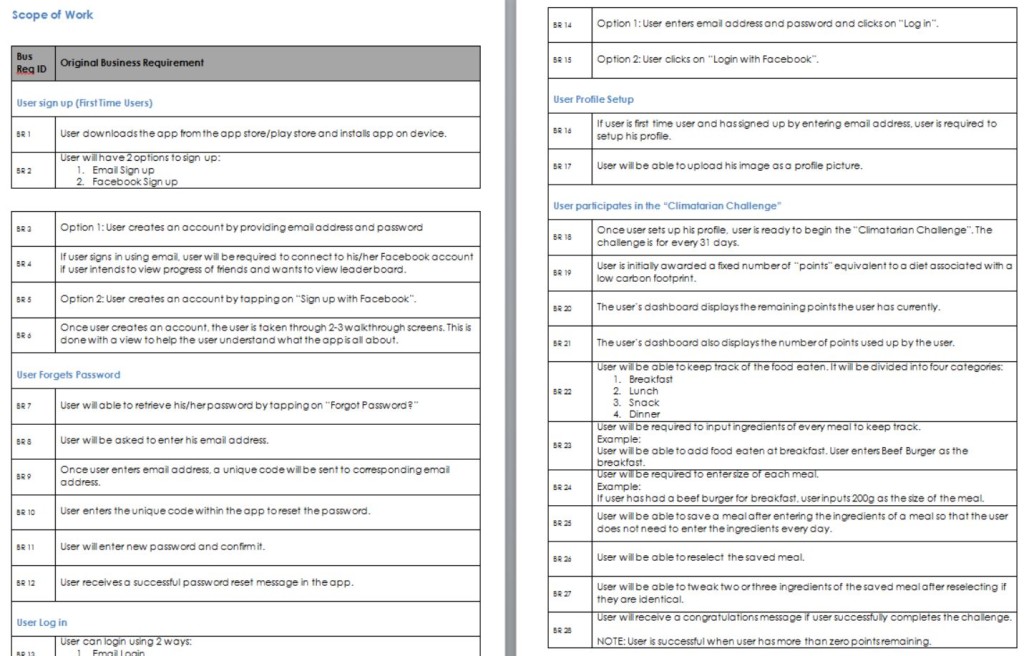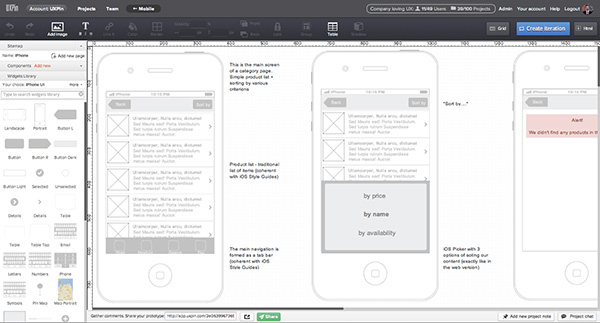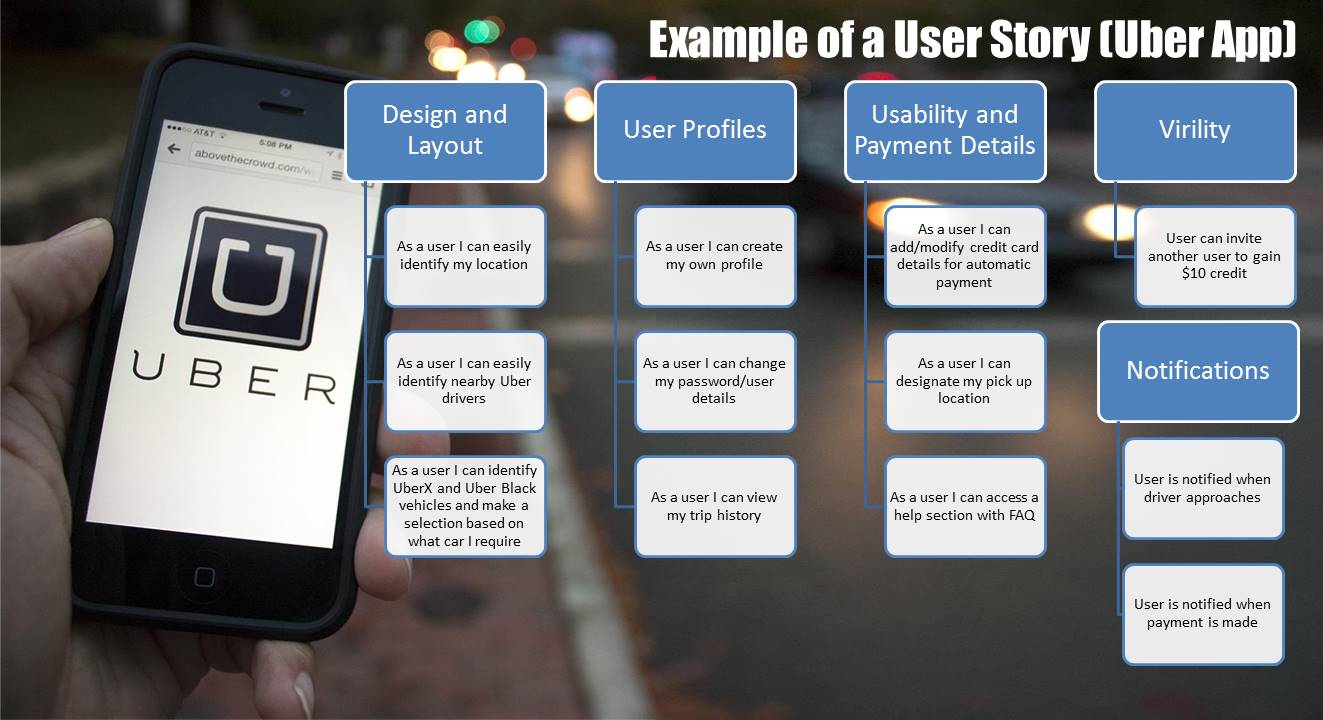Free resources for app creators
7 App Monetization Strategies for your Mobile App Business
If you are an App entrepreneur/developer/marketer, it is necessary for you to know the top 7 App Monetization strategies to grow your mobile app Business.
In this blog, we dive deep into the different app monetization models available. By doing this, we also discuss which app monetization models are popular among the world’s most successful apps.
1. Paid apps
- This is the basic monetization model where you sell your app for a listed price on the app store or google play store. You need to choose a price from available price tiers which are anywhere from 0.99 cents to 999 USD. Most paid apps are under 10 AUD and there are few expensive apps. Agro Ezi app is one of them at 1599 AUD.
- The model works well for game apps and utility apps. Minecraft pocket at $9 per app made $326 million dollars in 2013 from paid downloads. Shiftworker, a calendar app for shift workers at $2.99 that topped the app store charts for a few months in 2015 is a good example of a paid utility app.
- The advantage of this model is that it provides quick cash flow. You get the money as soon as someone downloads the app but at the same time, it is not easy to convince people to pay as there are many free apps. Your App has to be really unique and top quality for users to pay for it. They are shrinking part of the app store with less than 10% of the apps being paid apps. App store and google play store takes 30% of the revenue made as a transaction fee and pays you only the remaining 70%.
2. Free App with in-App advertising
- In this model, you list the app for free and build a large audience. You then sell advertising space in your app using ad network like Google Admob, flurry, Inmobi etc. These ad networks connect publishers(you, the app builder) with advertisers and manage the whole process of placing and managing advertisements. They take a cut of the money paid by the advertisers.
- If you are big enough, you can also build your own ad serving platform within the app. This gives you the flexibility to decide the price and other terms of advertisement. But the hidden costs in building your own ad server can burn a hole in your budget.
- Facebook follows this revenue model and has its own advertisement management platform. Facebook’s quarterly ad revenue crossed $4 billion in 2015.
- Works well for social network apps and gaming apps where people essentially wants to kill time. It does not work very well for utility apps. It might annoy users when they are trying to get things done.
3. Freemium
- In this model, you list the app for free and users can upgrade to a paid version or users can buy items (more features or physical goods) via in-app purchases. The premise is you engage the users, make them love your app and have them pay to get more.
- Works really well for gaming apps where users need to pay to access advanced levels or special powers. Example, Candy Crush Saga made $1.3 billion via in-app purchases in 2014 from 2% of its users. Dating apps are another example where you can browse your matches for free but need to pay to contact them. Tinder uses such a model.
- An advantage is a low barrier to entry for downloads but finding the sweet spot for paid features takes experimenting. Fewer features for free might create a high churn rate whereas too many features for free may not encourage the user to buy. App store takes 30% of in-app purchase revenue as well.
- The in-app purchase may also involve physical goods like clothes, accessories, etc. Since the app store account is used for payment, it makes the buying process really easy and quick for the buyer. Good news is at least there is no 30% transaction fee for physical goods.
4. Subscription
- In this model, the user pays a monthly or annual subscription fee to use the app. Most of the time these apps offer a 1 week or 1-month free trial to allow users to trial the app before they subscribe.
- Best suited for business/enterprise apps like CRM, invoicing apps and media/entertainment apps like music apps, news apps.
- The advantage is high lifetime value of customers due to ongoing revenue. On the other hand, users expect great customer support, 100% uptime, and bug-free app as they pay a subscription fee.
- Dropbox, Xero, Spotify uses this model.
5. Revenue split
- In this model, you create a marketplace, enable others to make money and then take a commission of the money they make. These apps are free to download and use.
- Uber and Airbnb are the 2 popular apps using this model. Uber takes a 20 to 25% commission of the money the drivers make. Airbnb charges 6% to12% of the money made by people renting out their property. This is the faster-growing revenue model because your users will do the sales for you to make themselves more money. The more money they make, the more you make.
- On the flip side, you need to ensure that the buyers are getting the service/product delivered. You can make them sign all disclaimers and protect yourself legally but if the sellers of product and service do not do the right thing, it will affect your brand. For example, Uber follows a very strict process before allowing drivers to use Uber. They check their past history, police clearance, the condition of their car, etc. to ensure the quality of the service.
6. Build and flip
- In this model, you build an app and sell it for a decent profit in marketplaces to someone who can build further on it. Flippa.com, Chupamobile are some marketplace where you can sell your app source code to other developers.
- This model allows a quick return than other models but the opportunity is very limited. Low-risk low reward. People buy it to save time and money in development.
7. Build a brand and sell to a strategic buyer
- In this model, you build a big user base and sell the app to a big company. You build your app and take it to a stage where you have a lot of active users who love your app, use it frequently and would be very disappointed without it. Big brands who can create a lot more value with your app will knock your door.
i. Microsoft bought Minecraft for $2.5 billion in cash
ii. Yahoo bought Tumblr for $1.1 billion
iii. Facebook bought Whatsapp for $19 billion
Knowing these 7 app monetization models, what do you think works best for your app?
Keep in mind, it does not have to be just 1 monetization model but also a combination of 1 or more monetization models.
Spotify has a free version that uses in-app advertising. But also has a subscription model for an ad-free premium version. They use the revenue to pay royalties to music artists and distributors while taking a 30% commission. A blend of 3 app monetization models.
We hope that this blog post helped you in deciding the right monetization model for your app.
The world is waiting for your Idea, if not now then when?
Schedule a FREE consultation session with our App Experts.
1300 781 794
Things to consider when documenting your app idea
Many “App-renuers” approach us with a great ideas.
The most common question in our industry is how long and how much money will it take to build an app?
The answer sadly isn’t “$15,000 and we can build any app” instead we generally explain to them that answering “how much does an app cost?” is just as difficult as answering “how much does a house cost?”.
- How many rooms will the house have?
- What material will it built out of?
- What suburb will it be built in?
- How many levels/stories will it have?
- Does it include an elevator or escalator
Similarly, questions like;
- How many devices will the app be built on ie. Apple, Android, Windows, Website?
- How many different types of users will use the app? Using Uber as an example this could be Passengers, UberX drivers, Uber Black drivers, Uber Admin/Staff logins, etc?
- Will people have to make payments via the app?
- Does it connect with any external software ie. Bluetooth devices, sales inventory systems, social media platforms, CRM or accounting systems, etc?
- Will it use GPS functionality?
Would all alter the final cost and time frame required to build an app.
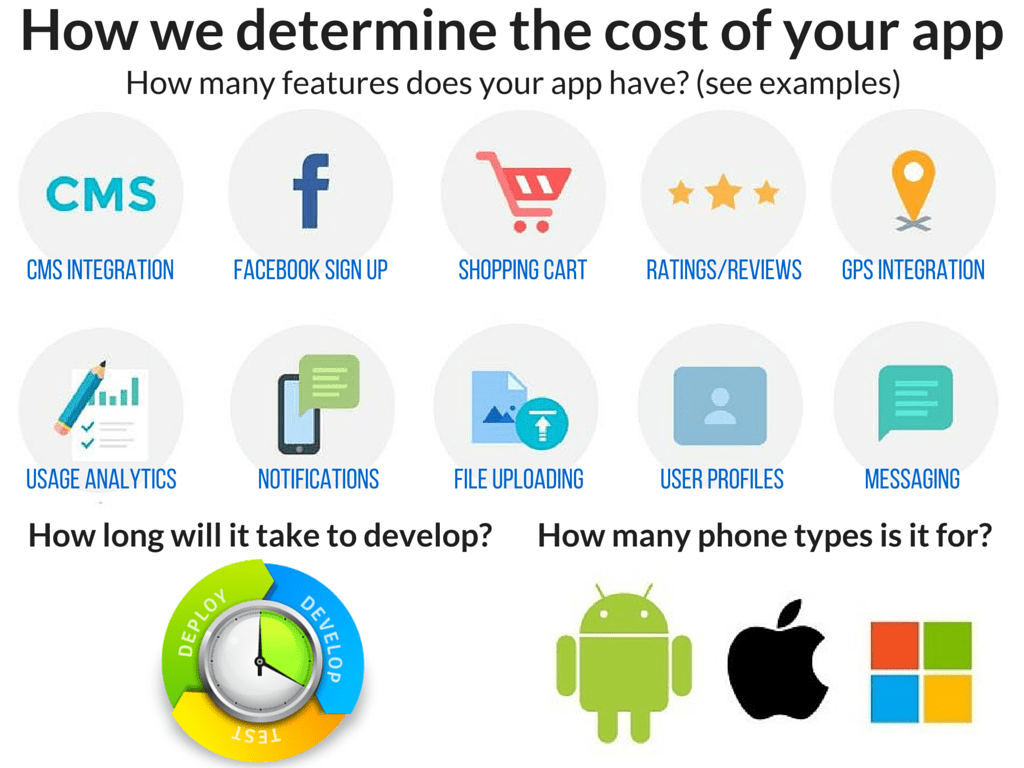
The next step will be for us to understand how your app will be used and how users will experience the app once it is completed.
There are a number of ways we’ve had clients present their idea to our development team.
Below I have listed some examples of the ways clients have presented this information to us in the past which have worked well.
1. A list of features or functions the app will have and an explanation of the problem the app will solve.
This one is easy, simple compile a list of all the features you think your app will have ie. GPS, in app payments, user registration, social media integration, uploading videos/photos, etc. This will give us somewhere to start.
Combine that with the core problem your app has been developed to solve and this is a great starting point to start working on your idea.
Once this is complete our team can work with you to create a scoping document (click to view .pdf of our sample Business Requirement Document – BRD). This will clarify as many of the app requirements as possible and allow for a concise estimate on the time and budget required to build it.
2. Sketch what the screens of your app will look like.
This is a great way to communicate your app idea with our developers.
Putting together a visual representation of your app idea allows you to finalise the things you’ve been thinking as well as give our team the ability to understand what concepts are in your mind.
This process has been proven to remove a lot of guesswork and will save you a lot of time and money by doing so.
It doesn’t have to be a work of art, as seen by this example below, but it will be instrumental in communicating your idea to others.
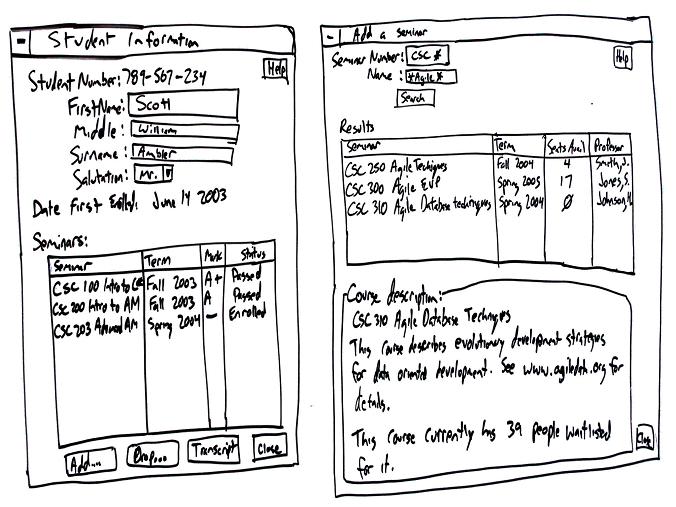
If you’d like to go even further a number of app prototyping tools are available online. uxpin.com, invisionapp.com, marvelapp.com are all very useful tools that clients of ours have used to help convey their message to our development team.
Example shown below.
Once this is complete our team can use this to develop wire frames of your app. This will clarify as many of the app requirements as possible and allow for a concise estimate on the time and budget required to build it.
3. Complete a user story
If you’re more of an analytical person than an artistic one perhaps you could try putting together a user story which outlines the things users will be able to do with your app.
Below we have mocked up a basic example of what a user story would look like for the Uber app.
Once this is complete our team can use this to develop wireframes and UI (user interface) designs for your app.
This will clarify as many of the app requirements as possible and allow for a concise estimate on the time and budget required to build it.
Any of these methods of documentation will help a developer understand your project requirements better. What method you choose to share with us your information doesn’t really matter, however, the more detail you are able to provide in your documentation the faster your app will be developed.
Additionally,there are a number of blogs on our website which will really help to understand what is important while building an app and what the next steps will be.
I encourage you to read through them as they will be very useful as you take the first steps to documenting your app.
The First 3 Things to Consider When Building An App
What Would It Cost To Build Uber, Twitter, Facebook and Instagram Today?
Start Your App Journey Without Spending Any Money
Our next step will be to take your documentation and compile a list of assumptions/concerns our team would have to make/address to create your app. From here we will inch closer and closer to developing a clear blueprint for your app so it can be developed by our team.
But your next step is to complete that documentation… we’re looking forward to going through it with you, so get onto it now and let’s make this happen!
Why building an app for $15,000 is like eating from a buffet instead of a chef
It can be quite confusing to go out and get an estimate for your app idea with quotes. It’s not uncommon for an app developer to quote $0-$15,000 to build your app and the next call resulting in being told your app could be $50,000-$100,000 to complete.
How can paying for a developers time differ so greatly?
Just like ordering a meal, the cost differs greatly due to what you goes into it, this holds true for developing your app.
At Appomate we don’t build $15,000 apps, the reason being we don’t want to build an app that doesn’t succeed. But some people can build $15,000 apps, so how is that possible?
Think about going to an “all you can eat” buffet, perhaps something like Pizza Hut, Sizzlers or Smorgies.
At these smorgasbord restaurants, you can head to the bain-marie’s and grab a slice of pizza, some honey chicken or perhaps some beef curry and eat away.
- But what if the pizza has anchovies and you don’t like fish?
- What if the honey chicken was cooked with MSG?
- What if the curry had a nut base and you’re allergic to nuts?
At the buffet restaurant, there’s not much you can do about it. You can eat all the food you want there, you just have to eat it the way they make it. This is how a developer can build an app for $15,000.
Cheaper app developers can complete an app for $15,000 because they generally are a one man operation who repeatedly uses a pre-existing backend for their clients. The makes things easy to build as 50% of the app is using pre-existing materials.
The first issue with this is how can one man be an expert in all the skills required to build a successful app and yet price his app development at the cheapest price in town?
- App Design
- App Development
- UI (User Interface)
- UX (User Experience)
- App Feasibility
- App Marketing and Release Strategies
When you build a house you don’t get one guy to do it, you need a team of contractors. Electricians, Plumbers and Carpenters and apps are no different.
Developing any app requires at bare minimum four clearly distinct skills sets.
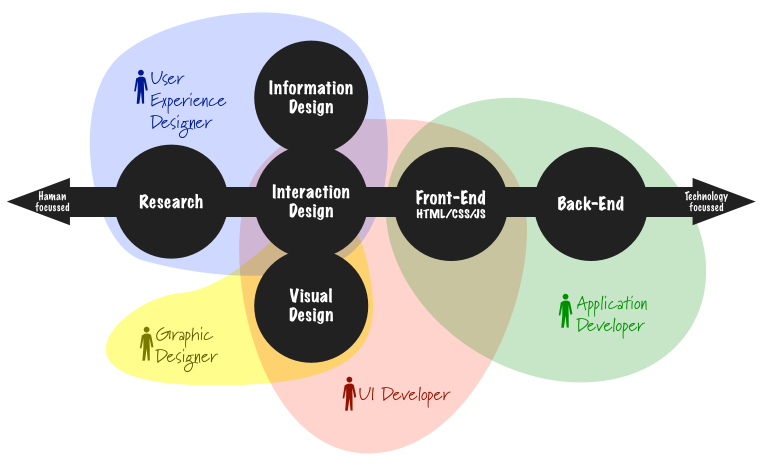
On top of this your looking for someone who can code app’s in numerous languages Swift (iOS), Java (Android), cross-platform languages like Xamarin and back end technologies like Javascript, .NET, Node.JS just to name but a few.
How could someone be talented enough to possess the skills of four different roles in the IT industry and be willing to work for the minimum amount?
If there was a chef out there that was a master of Italian, Asian and Indian cuisine do you think he’d also be the cheapest chef in town?
It is unlikely, but still possible that if your app idea has only a few select requirements, maybe the pre-existing back end that a cheaper developer provides meets could meet your app needs.
Therefore this option may allow you to hit the market in a cost effective way, however, as soon as your app reaches the stage that customising it in any way then you are going to have to remain in the confines of what the recycled/pre-existing back-end already provides… or start your app again from scratch.
An example of this could be you can include a chat feature to your app, but it won’t be able to customise how the chat box looks or what characters are used within it ie. emojis, other languages, etc. If you want a cheap app and you’re willing to give up a number of requirements to get something into the market, perhaps the “buffet” method could work for you.
So while the $15,000 option may seem like the cheap option to get to market, if your app becomes a success and you want to add features or change it’s look and feel… it’s likely at this stage you’ll be told the app needs to be completely rebuilt. It’s at this point the $15,000 option seems like it wasn’t the cheap option at all because initially developing your app from scratch would have saved you $15,000.
Below we have compiled some of the risks associated with building a cheap, $15,000 app and how the Appomate development team avoid those risks.
I want to build an app like Uber
We often get enquiries from clients who talk about a “simple” app idea they’d like to develop.
When asked what their idea involves, far too often we get responses like this.
“Just a simple app, something like Uber”
Uber created their “simple” app (then called UberCab) in San Francisco where they went live in 2009 with an MVP version (minimum viable product) of their app. Google and Benchmark pumped $258 million dollars of funding into it two years ago, but what would an MVP version of their app cost a budding app-renuer today?
Firstly let’s understand the concept. Building an app is not too different as the process of building a house would be. You need multiple teams to complete the job i.e. Electrician, plumber, bricklayer, architect, etc.
At Appomate we also have a number of talented development teams i.e. Android development team, iOS development team, Web app development team, etc.
So if we asked the team to come up with a “ballpark figure” to recreate some of the world’s most popular apps, what would that look like?
Uber, the San Francisco-based company made do with $50 million to build its product from scratch to current iteration. Then Google and Benchmark pumped $258 million more into it this past August.
Some people may view the app to be simple after 1-2 uses but Uber has many aspects to it that the casual app user may not identify.
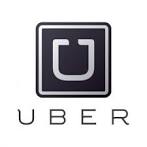 Uber, the San Francisco-based company made do with $50 million to build its product from scratch to current iteration. Then Google and Benchmark pumped $258 million more into it this past August.
Uber, the San Francisco-based company made do with $50 million to build its product from scratch to current iteration. Then Google and Benchmark pumped $258 million more into it this past August.
Some people may view the app to be simple after 1-2 uses but Uber has many aspects to it that the casual app user may not identify.
Because Uber works in real time, so the app needs to be primarily built in a “core engine” which multiple users can access it from multiple devices at multiple times.
This is so all parties drivers, users making trip requests, users about to make a trip request and Uber admin are all getting the same “real-data” as each other.
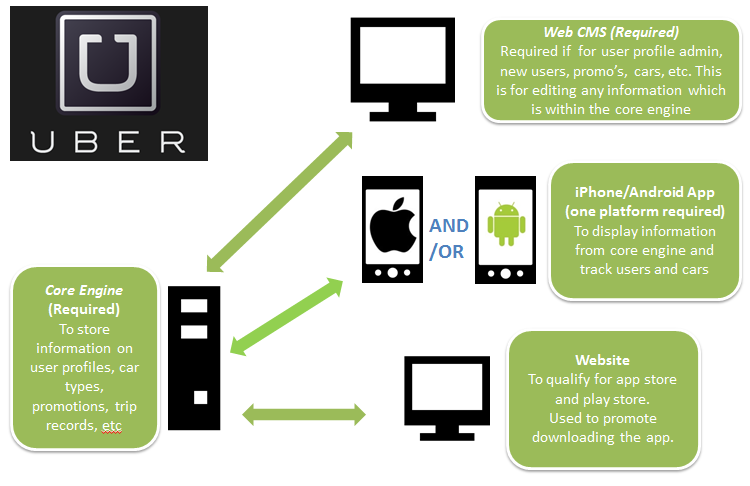
Within the Uber core engine these is a detailed multi-level structure for Uber’s many functions i.e. payments, products, different cities, promotions, etc. (see below). All of their features have basically their own app and database built for its sole purpose, this is done to make Uber incredibly fast to scale up or down and add or remove features.
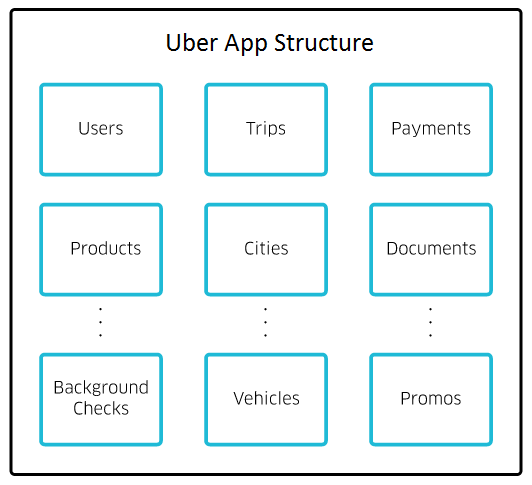
Google and Facebook also follow this strategy.
An MVP, however, would need to be developed on a much-simplified codebase.
Based on its early rounds, even a minimum viable product for Uber would have cost about $1 to $1.5 million to develop.
After assessing all of this, it is easy to see Uber isn’t what you would call a simple app.
So what would it cost to build MVP versions of the world’s most popular apps?
 Twitter isn’t necessarily difficult, but the layered features within the app would take a development team a while to get right.
Twitter isn’t necessarily difficult, but the layered features within the app would take a development team a while to get right.
The key to this project is it’s ‘experience layer’, the interface that makes a product relevant and intuitive for people to use while quickly demonstrating its value. The apps incorporation of feedback loops, analytics and its community largely amount for how successful this app is.
How much for a Twitter MVP?
$50,000-$250,000
Last Year Twitter yearly revenue was US$2.21 billion (2015)
 Instagram is slightly more complicated to build than Twitter due to a wider range of skills required for handle image-filtering and heavy backend image loads.
Instagram is slightly more complicated to build than Twitter due to a wider range of skills required for handle image-filtering and heavy backend image loads.
You could still build an Instagram-like product inexpensively compared to many other popular apps. A basic version of Instagram could take only three to six months.
How much for an Instagram MVP?
$100,000-$300,000
Last Year Twitter yearly revenue was US$2.21 billion (2015)
In around nine months of development and design time, you could create an app which includes the most important features of Facebook. This would be the least of your concerns, however.
It’s estimated that Mark Zuckerberg was spending $3,000 per month on hosting Facebook for the first year and roughly $10 million per month by 2006 as the app’s collection of photos, videos and messages grew exponentially in that time period.
Today Facebook has begun investing in power plants in order to host its user’s photos, videos and messages on its servers. It a fair estimate to say Facebook would be opening up a $30 million dollar hosting bill every month to handle its current volume.
How much for a Facebook MVP?
$300,000-$500,000
Last Year Facebook yearly revenue was US$17.928 billion (2015)
Key Takeaways
Although we’ve tried to shed some light on what drives the cost of app development
in relation to a basic version of all of these apps, developing a world-changing app requires a high amount of resources from both a development and maintenance position.
There’s an enormous amount of complexity that goes into each app’s environment: not just hosting costs but office infrastructure, product management and marketing to name a few.
But these apps have evolved over months and some over years.
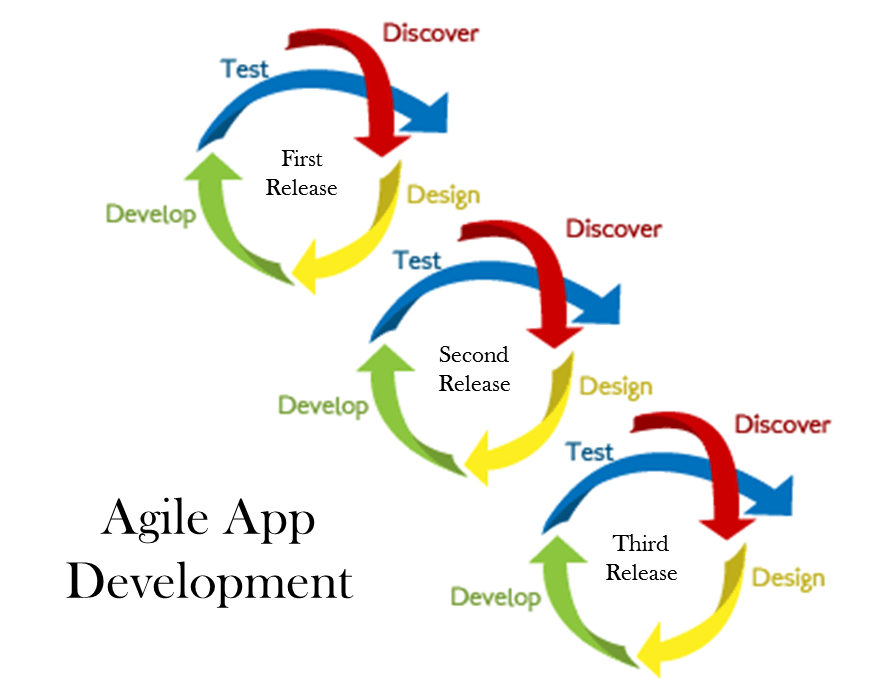
Building an app which includes only a few basic features which apps like Uber, Twitter, Instagram or Facebook make use of in their apps, getting it to the market and adding additional features based on user demand is a much smarter way to build an app.
A strategy like this is even possible even with a budget of $15,000-$25,000.
Take a look at an app we recently developed called Habit Recode which helps you form positive habits by charging a small fee if you don’t follow through on your intended goal for the day.
This app has 276 positive reviews by active users and almost to 5,000 downloads and this app was created for the same budget some companies charge for an “app workshop”
While starting a business based around an app is often a low-cost way to enter a marketplace compared to brick and mortar approach an app business will only become successful if you’re able to provide users with something they aren’t getting from other avenues.
However, the hard part isn’t necessarily the tech, its building and validating the product and adjusting it until you find a market fit.
Truthfully, you couldn’t replicate Uber, Twitter, Instagram or Facebook as it is today for a billion dollars. But you could potentially spend a few million on a “simple app” that copies Uber, Twitter or Instagram and no one will ever use.
The success of your app relies on you being able to build something remarkable, captivating and new; something with better features, different features or fewer features. That’s what the next Travis Kalanick, Jack Dorsey, Kevin Systrom, Mike Krieger or Mark Zuckerberg would do.
Saving 45% on Your App Feels Good, Doesn’t It?
While it is publicly available, some call the 45% rebate the Australian Government offers on Research and Development activities in Australia, the best kept secret when it comes to new app development. Most new app start ups are unaware of this powerful opportunity to offset the costs it takes to develop new technology.
This is yet another powerful reason to use a professional app development partner as they should understand how to help you leverage this opportunity to save big.
Here is more information on how you can take advantage of this opportunity and other government related grants and financial support.
The R&D tax incentive program helps you get up to 45% of your expenses back when you are in a loss position or up to 45% tax offset. Your app idea must be novel and qualify as a research and development project. Find more info here:
The Victorian government supports innovation by providing funding to entrepreneurs who focus on projects that simplify policy changes and aim at providing value to the public. Find more info here:
The city of Melbourne also offers grants to small businesses and start-ups. Download the Brochure
The Australian Government also provides financial assistance to by funding new businesses.
The Australian government has special programme called the Entrepreneurs’ Programme for budding entrepreneurs.
The Queensland government-funded “iLab” is one of Australia’s largest schemes for technology start-ups and has incubated over 100 start-ups.
The Western Australian government offers “The Innovator of the Year Award” granting the winner a $100,000 package.
Check what funding programs you qualify for, by answering a few questions in this link.
We hope this summary of government-backed funding support proves helpful to your app initiative. Appomate has recouped tens of thousands of dollars on individual projects using the R&D rebate.
It would be worth a call to understand more and see how you can save.
5 Elements Common to the World’s Most Successful Apps
What do the world’s most successful apps have in common? Our research team have spent some time digging into this question and here is what we have found. Your awesome app idea has a much greater probability of success if it incorporates these 5 elements of success:
1. Meet a Universal Need:
A universal need is something that transcends culture, language, location and time. These are things which make us all human beings, like:
- – The need for food and shelter
- – The need for safety and security
- – The need for connection and belonging
- – The need for recognition and appreciation
- – The need for skill mastery, achievement and freedom
For example, social networking and instant messenger apps are among the most successful category because they full fill the need for connection and belonging. Gaming apps help people feel skill mastery and give a sense of achievement. Sharing apps, like AirBnB and Uber, help people to save money and make money, and in doing so help meet their need for financial security and freedom.
2. Tap into the Habit Loop:
All successful apps tap into the human operating system by making some element of their app part of a regular routine for its users – in many cases, this leverages the first element of meeting a universal need. Successful apps utilise the habit loop of cue-routine-reward. They know and define the triggers or cues for users to use their app and include clear rewards for the habit. Read Sticky Apps: Decoding the Habit Loop to Ensure Success for more info on the Habit Loop for apps.
3. Incorporate Network Effects and Viral Loops:
The network effect is the phenomenon where a product becomes more valuable and useful when more people use it (this also plays an important role in your chosen revenue model, see next element). Facebook is great when all your friends are in there with you. Whatsapp is cool when all your friends, local and international, are using it as it makes communication quicker and easier. This motivates users to invite their contacts to use these app.
A viral loop is created when there is a clear need or incentive for 1 user to invite other users. The best apps build in incentives for their users to invite more users. Dropbox offers free storage when a user invites a friend to use Dropbox. Uber gives you taxi credit when you share your experience with your friends and invite them to use it. AirBnB offers Hosts money for introducing new hosts to AirBnB. What viral loop can you create to leverage the network effect?
4. Discover the Right Revenue Model:
Revenue split, subscription, in-app advertising and in-app purchases are the 4 most successful revenue models. Which model is the best fit for your app?
- – Revenue Split: apps that make the most money are the ones which helps others make a lot of money – for a small cut. These app companies help their customers make money, and in doing so, they split the revenue. Uber takes a 25% commission, AirBnB takes a 6 to 12% commission and Spotify up to 30% commission.
- – In-App Advertising: This is when you build an audience (see the Network Effect) and then charge advertisers for clicks and views by your users. Facebook makes billions of dollars every month from advertisement revenue.
- – Subscription: This is where you charge an ongoing fee for the service your app offers. Lumosity, a cognitive games app that focuses on improving different functions of your brain, provides access to the app’s brain games for an annual fee.
- – In-App Purchases: Make your app free and have valuable features (ensure Habit Loop is in your app) within your app for users to buy. Candy Crush Saga is a multi-billion dollar app which uses in-app purchases with only a 3% conversion rate. This demonstrates the power of the previous elements of Human Need, Habit Loop and Network Effects. Read Ways to Make Tons of Money from Apps for detailed information on revenue models you can leverage for your app’s success.
5. Focus on Your Niche:
Yes, we know, everyone wants their app to be globally dominant, but the starting point often requires focus on a particular niche and/or market. For example, Facebook initially had all its focus on Universities. Amazon was only selling books and then once it had the market, it started selling all products. This will allow you to learn fast and pivot (read Top Secret of Success: Billion Dollar Apps), market more effectively and build a proven model ready to scale. Make sure you have a clear niche target market you can get started with as it is through a targeted approach that you will learn what your users need and improve the success factor of your app.
How many of these items does your idea tick? The more, the better. Comment below if you are interested in our process for creating and installing these elements of success into your app.
Cracking the Code – What Developers Don’t Want You To Know
If you are outsourcing your app development to a developer, there are two aspects of app quality you must know about:
1. Functional Quality – the quality you can see, and;
2. Structural Quality – the quality you cannot see but acts as the foundation of your app
Most developers don’t want you to know about the second type. Let’s explore what that means for your app.
Functional quality is how well the app looks (appears visually) and works (buttons, sliders, etc). Functional quality focuses on whether the app performs against the documented features and requirements for your app.
Lack of functional quality shows up through poor UI and features that don’t work as they should. For the most part, you report these issues to your developer and they fix it.
Functional quality relies primarily on how well the developer understands the app requirements and, after fully developed, how well the app is tested. With a myriad of mobile devices, operating systems, and browsers, the app must be tested in multiple environments to ensure functional quality.
Structural quality, on the other hand, is not visible to you or to users as it forms the foundation upon which your app is built. Structural quality it is based on how good your developer is. If you are working with a single developer you will only get the knowledge and experience of that one person, if you are working with a development partner, they typically have an architect who oversees the structural aspect of the app. Therefore, when it comes to Structural quality and whether you use a freelance developer or a development partner really depends on how much risk tolerance you have (ie individual developer = higher risk of future problems).
Given many people have either been part of the home building or renovating process than have built an app, and given app development can be as personal a journey to their creators as their home is, it is useful to use home development as an analogy for your app quality development.
If functional quality is building your house to your specifications like a certain number of rooms, placement of windows, colours, fittings, measurements, etc., then structural quality is a strong and reliable the foundation and walls that support your cherished home.
Bad structural quality can have a very negative impact on the cost and time required to maintain your app through time. It may not be a big problem when your app is initially launched (or it may) but as you proceed with future updates, enhancements and general maintenance to the app, bad quality may show up in following ways:
1. Inconsistent App Bugs – certain bugs are hard to reproduce in any given scenario; the bug appears random
2. Bug Dominos – fixing one bug may lead to one or more bugs throughout the app
3. Big effort for Small change – small changes take way too long to fix because the app’s foundation is unsteady and hard to debug
4. App Crash- the app works fine most of the time, but it can crash suddenly for no known reason
These issues arise often times because the developer hasn’t followed a proper framework or app architecture.
In these instances, there may be little code documentation or code structure to identify different elements and features of your app. The absence of architecture and documentation make it very difficult for a new developer to understand your app and make changes to it when you decide you need another developer or yours disappears on your through time.
Trust that the chances are high that you will change developers a few times during the lifetime of your app as it grows and changes in line with your user demands. So how do you assess the code quality of your developer and ensure a solid foundation?
1. Talk to their clients. Ask them if they faced those above symptoms of bad code while they worked with the developer you are assessing.
2. Have a look at the code – A good code should look neat like a nice formatted word doc versus a word doc with text all over the place. You should be able to see English comments in different places explaining the code and the changes made. You will see white spaces, meaningful names used for variables and functions within the code
3. Ask the developer what framework and architecture they use in their coding. Ask them what is their process/tools for maintaining code versions.
4. Get a developer friend to review their code.
If you’d like an experienced app developer to take a look at your app code for testing or to give their opinions, simply call us today on 1300 781 794
5 Common Kickstarter Approaches to Create Your App
In the current ‘ ap-economy’, where everyone either has or is developing an app that is ‘the next BIG THING”, it is helpful to understand some of the most common ways to get started on the journey.
The following are five different approaches to getting your app idea kick-started.
Learn to Code
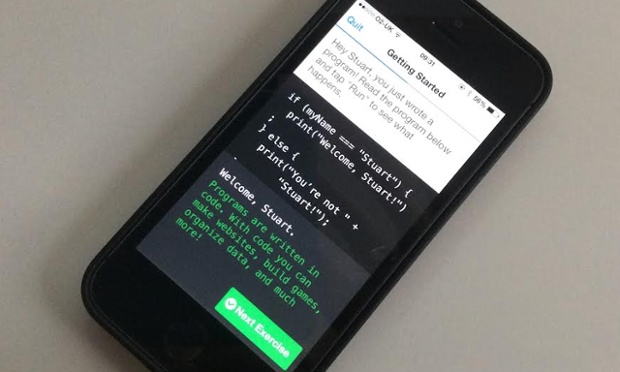 Yes, you heard it right, it’s not every app company that will encourage you to go a learn how to code an app yourself.
Yes, you heard it right, it’s not every app company that will encourage you to go a learn how to code an app yourself.
You can learn the art of coding through platforms like Udemy, Codecademy and get started with your relatively simple app idea.
Although this is a time-consuming method we’d have to agree it’s the best path to take if possible as nobody knows your app better than you.for those with much time on their hands, but no funds.
This strategy, however is for those with a lot time on their hands, but no funds.
Explore the DIY Platforms
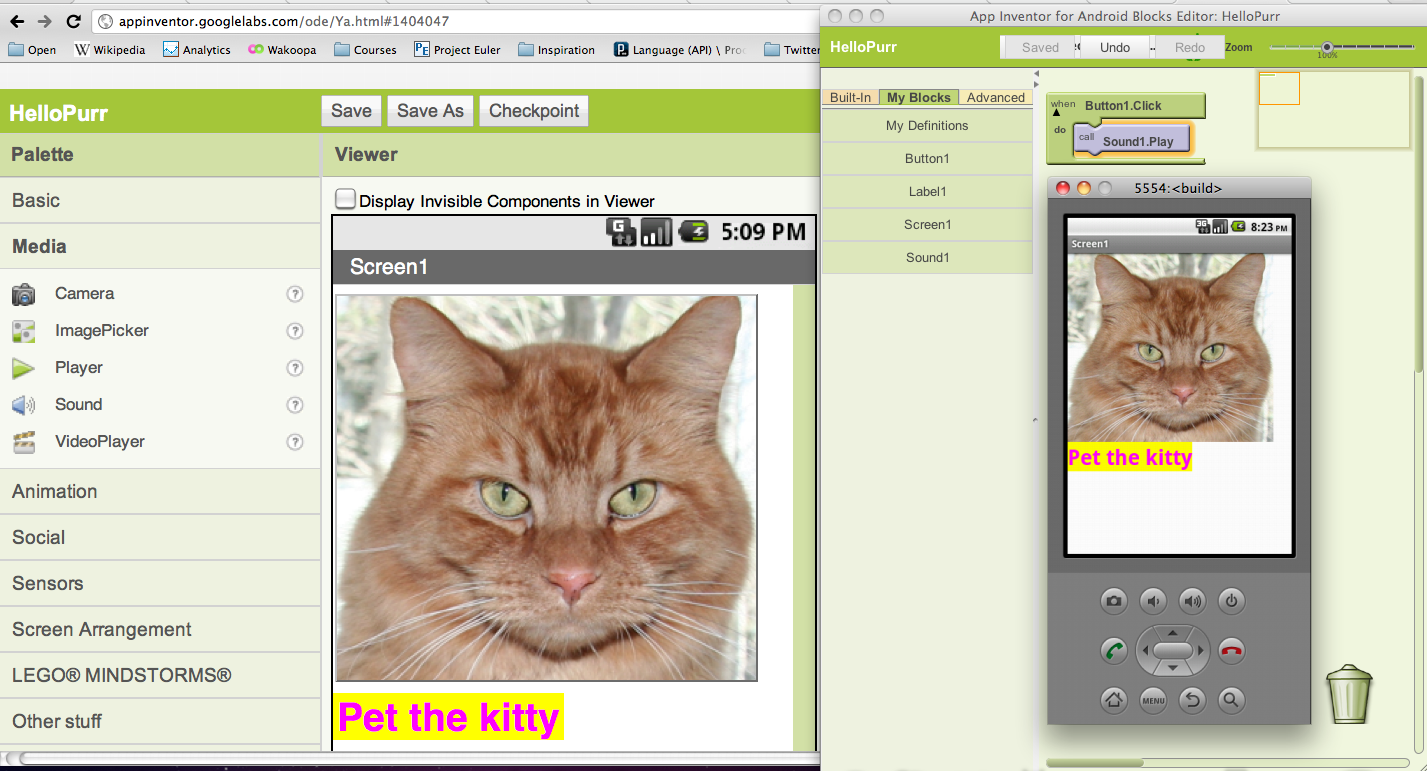 Are you looking to build a standard app with no sophisticated features but don’t want to learn how hardcore coding and are hindered by a lack of investment?
Are you looking to build a standard app with no sophisticated features but don’t want to learn how hardcore coding and are hindered by a lack of investment?
DIY tools like Appmakr, Appsme, and AppInventor may just be the right thing for you.
These tools make use of pre-built templates to quickly and easily create your app. Even better, many of them do not charge for using the service.
Build a Virtual Team
In this scenario, you are the project manager and you build your team of developers, architects, UX designers, CX analysts and testers through outsource platforms.
 A number of websites like Upwork.com, Freelancer.com and Guru.com provide easy access to a large pool of app developers from across the world.
A number of websites like Upwork.com, Freelancer.com and Guru.com provide easy access to a large pool of app developers from across the world.
There is an obvious cost advantage to this. The main challenge being you had better be a good project manager as the buck stops with you.
Coordinating resources around the world will take more time and effort than you might originally think – especially if this is your first time doing it.
BYOT:Build Your Own Team
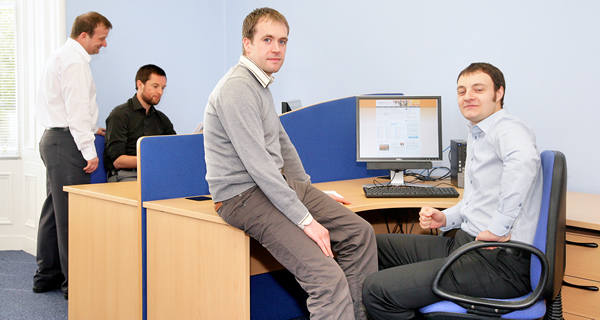 If you are really confident about the global success of your app idea – you are convinced you to have the next Uber or AirBnB – then you may seek investment and build up your own development team and management structure.
If you are really confident about the global success of your app idea – you are convinced you to have the next Uber or AirBnB – then you may seek investment and build up your own development team and management structure.
This approach is only for the brave and typically for those who have been down this path before, know how to raise millions in investment and know what they are doing.
Find a Development Partner
An experienced app development firm, which can act as your development partner, can provide the right mix to help you get your app from the idea stage to the profitability stage.
 Entrepreneurs looking for holistic support must perform a due diligence before partnering with an app development firm.
Entrepreneurs looking for holistic support must perform a due diligence before partnering with an app development firm.
This helps to obtain the highest level of quality, reliability and promptness in their app experience. This approach is for entrepreneurs who have a budget to get the project off the ground and typically is suited to those who are still performing a ‘day job’, while app development is happening in parallel.
This approach is for entrepreneurs who have a budget to get the project off the ground and typically is suited to those who are still performing a ‘day job’, while app development is happening in parallel.
Ultimately, the best app kickstarter approach depends really on the resources you have – time, skills and money. So, where will you start your App journey?
If you’d like to share your app idea with one of our app team call us today on 1300 781 794
Sticky Apps: Decoding the Habit Loop to Ensure App Success
Did you know that the concept of brushing your teeth daily wasn’t the norm until the 1900’s?
 Claude Hopkins, an American marketer with a reputation for turning previously unknown products into household names, was one of the first to leverage the power of people’s personal habits. Claude’s challenge was to get people to use more Pepsodent, a brand of toothpaste, to ensure the product’s success. Many app creators face a similar challenge in ensuring their app’s acceptance and success in the market.
Claude Hopkins, an American marketer with a reputation for turning previously unknown products into household names, was one of the first to leverage the power of people’s personal habits. Claude’s challenge was to get people to use more Pepsodent, a brand of toothpaste, to ensure the product’s success. Many app creators face a similar challenge in ensuring their app’s acceptance and success in the market.
Enter the Habit Loop. So what is a habit loop? A habit is made of 3 main components; cue, routine and reward. A cue is like a trigger which fires a specific behaviour. The behaviour is an automatic routine that a person is often times not even aware they are doing, which is initiated by the cue. The routine results in a reward, which acts to strengthen the entire habit loop: cue, routine and reward. Most people, when they think about habits, focus on the behaviour or the routine they want to alter. Researchers found that in order to create or change a behaviour you need to focus on the cue and the reward. So how did Claude use this knowledge to help create the everyday habit of brushing your teeth?
Claude created a cue that was always there but no one had really realised it; the cue was the film that you feel on your teeth after not brushing for a day or so. For centuries people had lived with that film and no one ever minded it. That was until Claude reframed what ‘tooth film’ meant for people, through a marketing campaign focusing on the negative feelings of ‘film on your teeth’.

Now, how can you apply the same idea to your app and make it a habit for your users?
Researchers from Stanford have identified that products like Facebook, Quora and other successful apps contain the habit loop elements in their product design.
The evidence, based on a number of users and user habits related to these apps, to say that their app creators have successfully embedded the habit loop into their product.
Let’s take Quora for example. It is a billion dollar company with hundreds of thousands of active users.
Cue: The cues are the weekly newsletters and notifications when someone asks a question. The internal trigger is usually boredom or a need for knowledge. Quora makes it extremely easy to log you in, in fact, you’re never logged out. When you click a link in their email, it goes straight to your account even if you are logged out.
Routine: Once you’re in, you get to infinitely scroll and find answers of all kinds from all topics. You start to interact by answering or asking questions.
Reward: By posting comments, questions and answers you’re building up your profile. You get a good feeling and you gain Quora credits, or you simply get that great feeling of obtaining an answer to something you didn’t know a minute ago.

Once you are in, infinite scrolling through news and photos becomes the routine. New friends, staying ‘in the loop’, private messages and largely social connection are the rewards the user gets by using the app.
So, what is the cue , routine and reward for your app ? How can you make your app a habit?
If you’d like to book a 90-minute workshop with one of our app developers to share your app idea simply call us today on 1300 781 794
Why Mobile First Web Design?
Responsive design is a widely accepted strategy for those looking to maximise their website’s exposure to users across multiple browsers and devices.
Mobile use is constantly on the rise with Australia’s becoming more likely to ditch the landline and home internet and instead rely solely on mobile devices.
The number of people in Australia with no landline at all to provide phone or the internet has more than doubled in only 4 years.
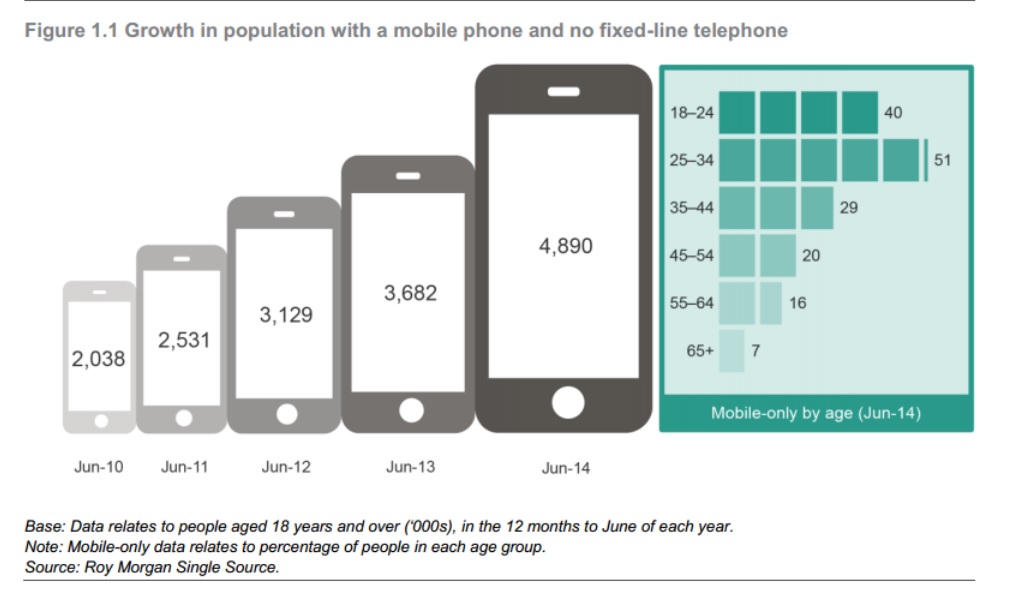
Mobile App’s are quickly becoming the direction where business is going, but we encourage start-up businesses to build scalable app’s, the same way you might start a business.
McDonalds didn’t build 35,000 million stores and then opened up its doors, it started with one… and perfected it.
Uber didn’t have drivers in every country before it went live, it merely started with 3 cars in New York.
Test the Market the market with a Minimal Viable Product first, test the market, learn from it and build on what was successful.
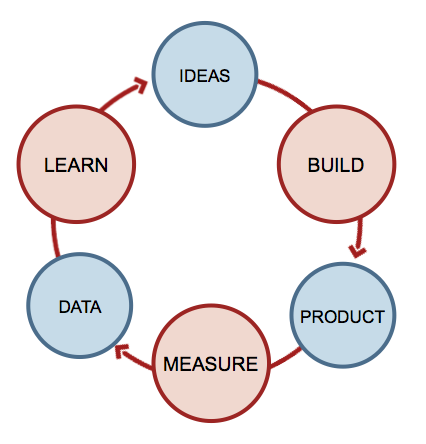
If this mobile-first version of your app works, it shows there is a demand for your business idea and a mobile app would be a better way to move forward.
So… How Does a Mobile First Website Work?
Naturally, when you design for a platform, you want to take advantage of what that platform has to offer and maximise the ‘wow factor’ of the design. However, this can lead to issues when you’ve designed to include functionality which doesn’t scale well between platforms.
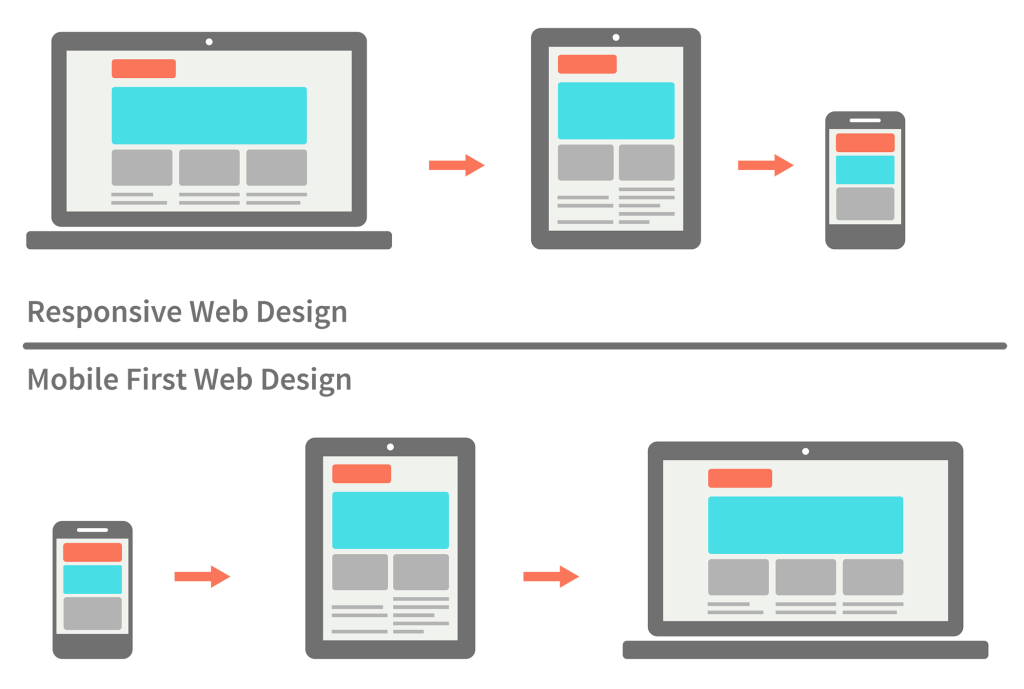
If we take top menu navigation as an example, ‘on hover’ drop down menu functionality works brilliantly on desktop machines where the user has access to a mouse, but how does this translate to mobiles, tablets or touch screen PCs where hover effects are not supported?
When approaching responsive design it is small factors like this that have made it a minefield, but what is the solution?
Responsive design is built around the concept of media queries targeting different devices and viewport sizes and this plays into the hands of progressive enhancement as you would design for the smallest size first and enhance your design for the larger devices. This is what the mobile first approach advocates and an increasing majority of the web industry have started adopting this approach. There are also frontend frameworks such as bootstrap have been rewritten to take advantage of this approach.
Are there downsides to the Mobile First Approach?
The first thing to say here is that doing mobile first is neither easy nor is it fun. Responsive design is tricky at the best of times when you’re designing one website for multiple viewports but this does typically allow a designer to explore more options and find the best fit for each device.
When designing from a mobile first approach, you instantly find yourself challenged by constraints and although I’m not a designer I can appreciate that being told/realising that you are limited in what you are able/allowed to do is not a fun place to be in.
For the seasoned designer who is used to designing for desktop first and using this design to scale down, designing mobile first is a large shift in direction and sometimes that change can extend the design process whilst you are still adapting.
Looking objectively at the mobile first approach it is definitely a mixed bag which is very different to how designs were traditionally created. But it serves to highlight and reinforce certain principles which in my opinion has been somewhat lost in the web.
By utilising a mobile first approach, you are forced to examine your website/project with only its bare essentials and prioritise the content. Also, by considering mobile devices first you are able to reduce load times as you load in only the elements required for that device, as opposed to loading in the bloat that is often associated with responsive design. And this can be really important as Google takes page speed into account for their search rankings.
Ultimately the mobile first approach aims to give all your users a consistent experience across multiple platforms and the benefits are there for everyone to see as large companies like Google have also adopted this approach.
How does it help with building an app?
The design of an app ie. what it’s screens look like, it’s buttons look like, animations, etc. greatly impact the cost. This cost will be dramatically reduced by leveraging off a successful mobile-first website to an app because any buttons, designs, etc. would have been designed for the mobile-first website. This fact reduces development time and saves businesses money.
The benefit for your business, however, is the ability to build a platform which you can use on your customer base to determine if your business model is successful before developing an app to ensure it’s success.
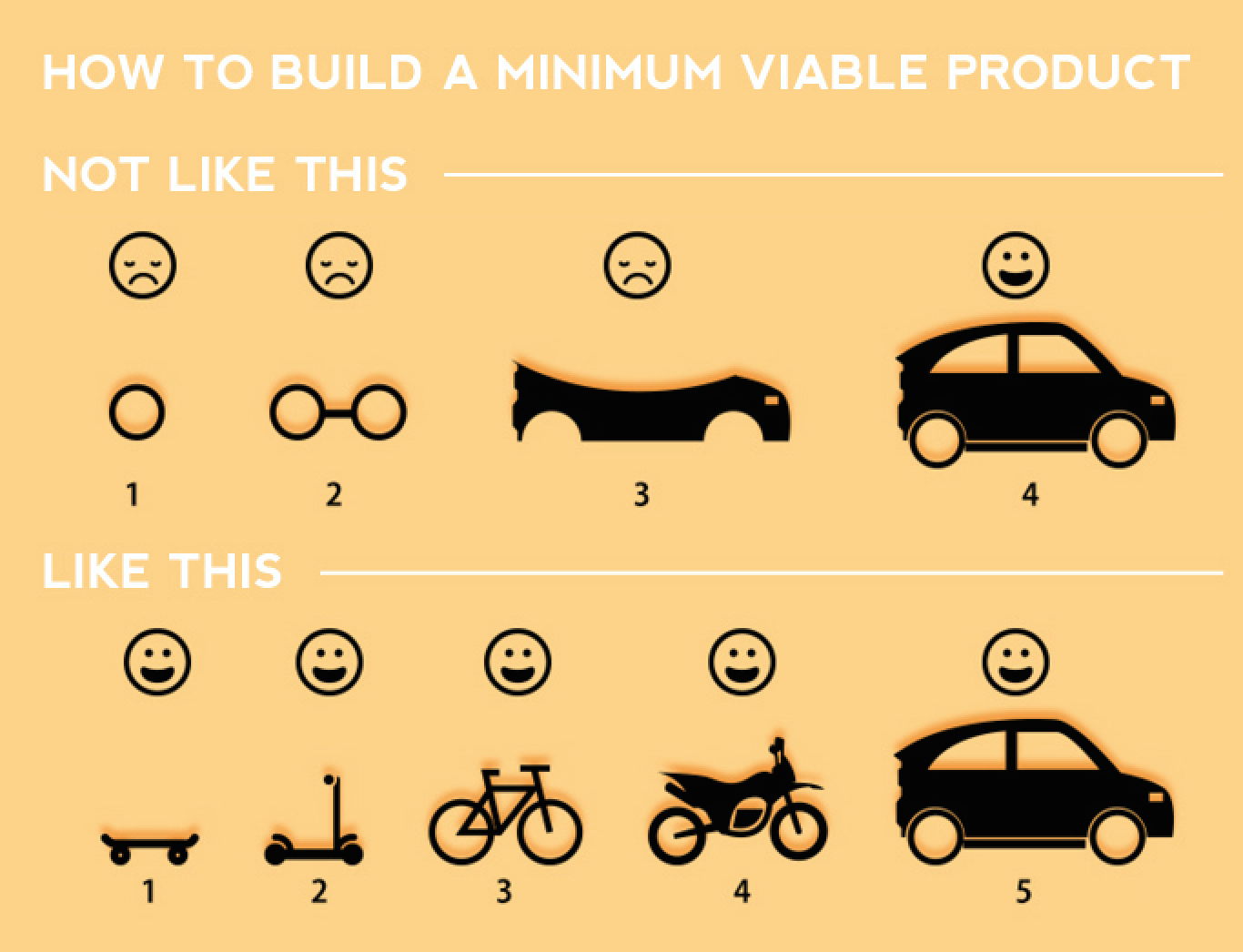
If you’d like to share your app idea with one of our team members who understands lean startup models and discuss how a mobile-first website might be a good transition into your app call us today on 1300 781 794
